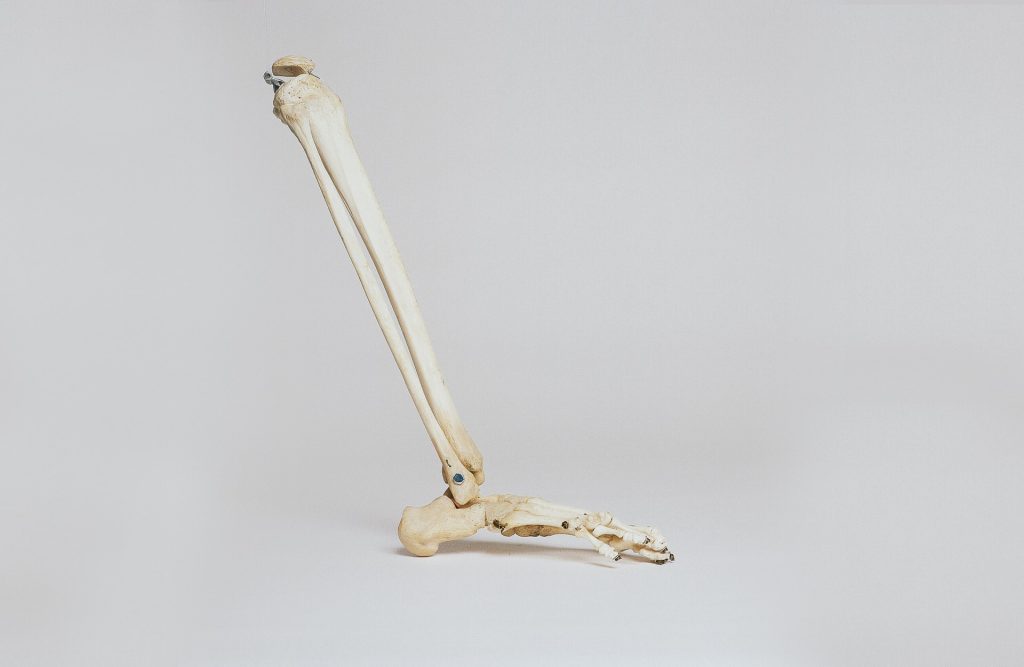
Researchers have found that a substance derived from Saussurea controversa, a member of the thistle family, may have significant potential in recovering lost bone mass.
Metabolic bone diseases such as osteoporosis are called the silent epidemic of the 21st century. A person may only become aware of their condition by sustaining a hip or spine fracture.
According to statistics, every third woman and every fifth man after 50 have osteoporosis. Thus, it is promising to search for and obtain substances and materials for implants that have osteoinductive properties and are capable of initiating the processes of transformation of stem cells into bone.
Certain trace elements, such as calcium and magnesium, influence the processes of bone regeneration and the maintenance of their normal structure. Organic molecules that can bind to them provide an improvement in the selectivity of their therapeutic action – the resulting complexes play a significant role in bone formation and development. From this point of view, salts of chelidonic acid have great potential, for example, from the Saussurea controversa known since ancient times for its healing properties.
Researchers from the Immanuel Kant Baltic Federal University, Siberian State Medical University, and Tomsk Polytechnic University had previously discovered that calcium chelidonate is a promising drug for bone volume restoration.
In their latest work, they obtained this substance in a semisynthetic way: extracts from Saussurea controversa were the source of the chelidonic acid, to which an alkali solution and calcium chloride were added.
“The content of this substance differs in the samples of raw material and, most likely, its biosynthesis depends on the amount of calcium in the soil. For pharmaceutical purposes, it is advisable to use calcium chelidonate obtained by a semisynthetic method,” explained Elena Avdeeva, candidate of pharmaceutical sciences, researcher, Siberian State Medical University
An X-ray analysis confirmed that the substance has a structure identical to a natural compound. Researchers tested the effect of the substance in vitro and in vivo: it promoted the conversion of human stem cells derived from adipose tissue (hAMMSC) and mouse mesenchymal stromal cells into osteoblasts respectively.
Calcium chelidonate is non-toxic and promotes bone regeneration: in vitro studies have shown that a dose of only 10mg/L increases the number of viable stem cells. Titanium implants coated with calcium phosphate and bearing autologous bone marrow were introduced into mice. The researchers found that calcium chelidonate stimulated the growth of new bone on the surface of the implant with daily administration of the drug for 35 days.
“The use of substances with osteoprotective properties, in particular, calcium chelidonate, is promising for the treatment of several diseases associated with bone defects or bone metabolism disorders. We are considering the development of a pharmaceutical form of the substance and its introduction into practical medicine,” concluded Larisa Litvinova, Doctor of Medicine, professor, head of the laboratory of immunology and cellular biotechnology at the IKBFU.
Source: News-Medical.Net
Journal information: Avdeeva, E., et al. (2021) Calcium Chelidonate: Semi-Synthesis, Crystallography, and Osteoinductive Activity In Vitro and In Vivo. Pharmaceuticals. doi.org/10.3390/ph14060579.

